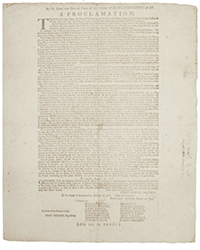Would you like to live in a library? What could be more of a dream for the avid book-reader! Well, there is one for sale now, and it is one of classic construction, no less. It is a Carnegie Library, one built by the uber-wealthy industrialist at the turn of the last century. Carnegie wasn't building his libraries using cut-rate construction, though no one else was building tract housing in those days either. Carnegie's libraries were quality buildings, with some similarities but each unique. Most still exist today, well over a century later, as they were built to last. However, around 50% of them are no longer libraries, having been used for numerous other purposes. Some, like the one offered for sale, became personal residences.
Andrew Carnegie made his money in the steel business. He made a lot of it. On the side, he became a philanthropist. He built, and then sold the Carnegie Steel Company (now U.S. Steel) in 1901. It made him one of the richest Americans ever. He became a full-time philanthropist and his most notable cause was building libraries. In the days before the internet, television, even radio, reading was the only way to learn and Carnegie believed deeply in education. He developed a program where he would pay to build libraries for communities that were willing to provide land, assistance, a little cash and personnel to manage the operations. He wanted to be sure the community wanted the library enough to invest some of its own resources in the project. That way, he believed, the community would use and preserve it. Many met his requirements. A total of 2,509 Carnegie libraries were built, some after his death, with 1,689 in the U.S.
The location of this library might be a bit of a drawback for some, though the library-cum-house looks quite attractive. It is located in Superior, Wisconsin, far north in the state, near Duluth, Minnesota. Summers are cool and pleasant, winters bone-chilling. Precipitation is mostly white.
This is the former Superior East End Branch Library, built in 1917. Carnegie provided $20,000 of the funding while $2,000 was raised locally. The architect for the library was Kenneth R. Crumpton. He established a practice in his hometown of Superior, but by 1922 had moved to Pittsburgh. There, he became a partner in the firm of Hoffman & Crumpton until his death in 1956. Most of his work is found in that area.
The library moved to a new location in 1992. The old building briefly served as a police station but was then converted to a private residence. It contains two bedrooms and two baths, along with some open space reminiscent of a library. The brick facade certainly looks more like a library or school than a typical house. The large double doors and arched windows are not what you usually encounter in a private home. The style is described as Georgian Revival. The yard contains several mature fruit trees and grapevines.
The library-house is located at 2306 E. Fifth St. in Superior. It is 2,376 square feet in size. It still has original hardwood floors and fireplace. A large open space downstairs features a performance stage. Some original tables and shelves are also still present. The offering price is $375,000. It sold for $144,000 five years ago, but much has been done in terms of upgrading since. You can always make an offer if unable to meet the price. If you make this your next home, you will certainly have something distinctive. This is no cookie cutter house. Guests will have no problem recognizing which house is yours. You will never have an opportunity like this again, unless somehow you manage to find another converted Carnegie library for sale in another town.
Here is a link to the listing for this house: www.zillow.com/homedetails/2306-E-5th-St-Superior-WI-54880/79380221_zpid/.

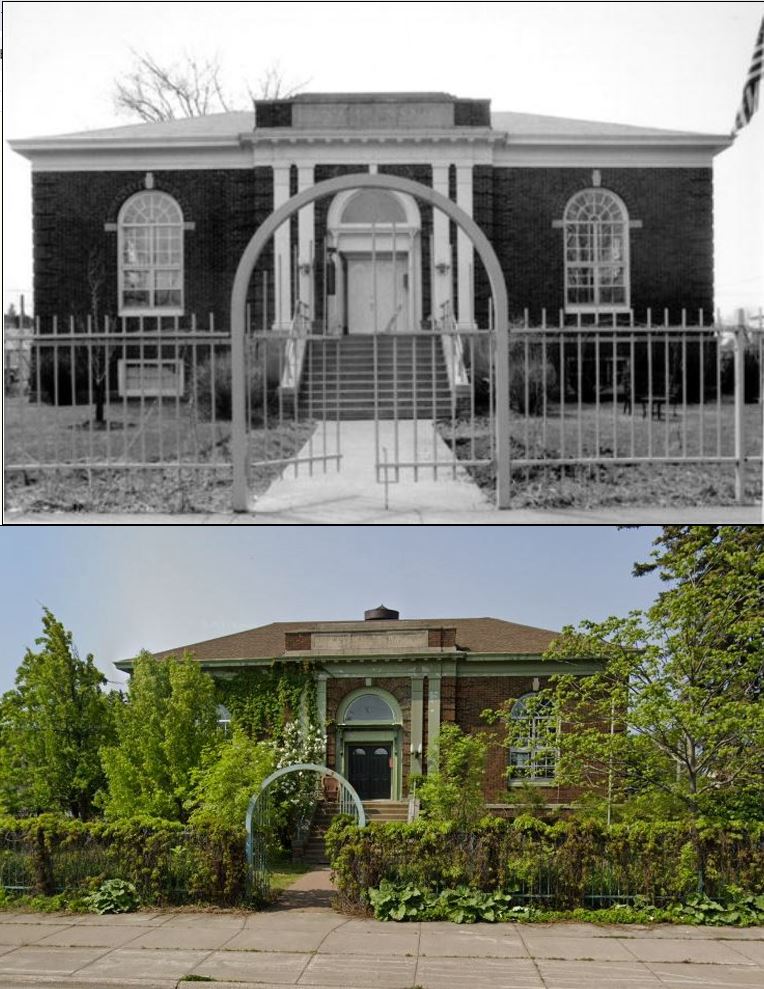
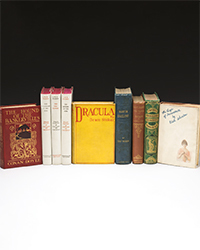
![<b>Heritage, Dec. 15:</b> John Donne. <i>Poems, By J. D. With Elegies on the Author's Death.</i> London: M[iles]. F[lesher]. for John Marriot, 1633. <b>Heritage, Dec. 15:</b> John Donne. <i>Poems, By J. D. With Elegies on the Author's Death.</i> London: M[iles]. F[lesher]. for John Marriot, 1633.](https://ae-files.s3.amazonaws.com/AdvertisementPhotos/8caddaea-4c1f-47a7-9455-62f53af36e3f.jpg)

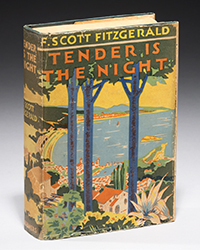
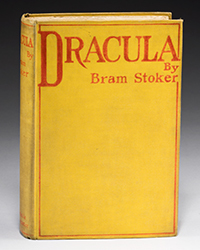
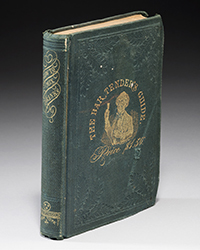



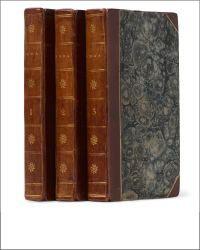
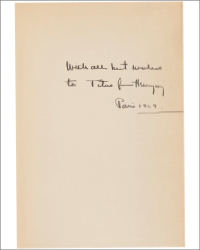

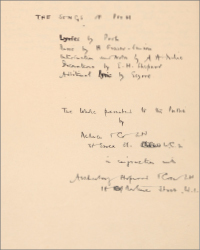

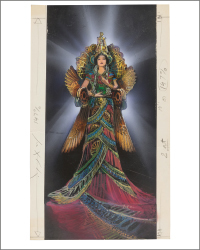

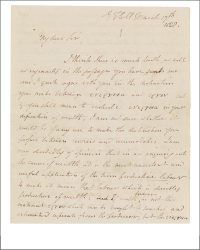
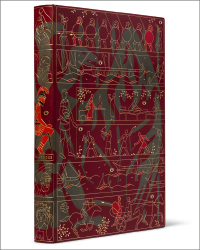
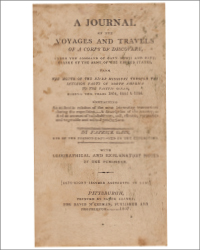


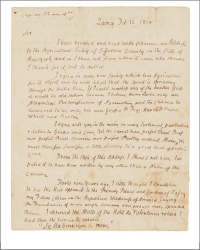

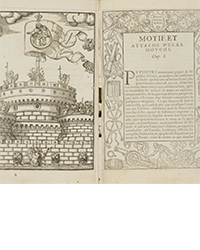
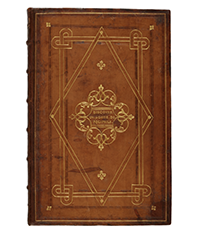
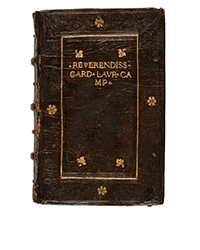
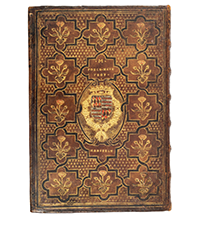
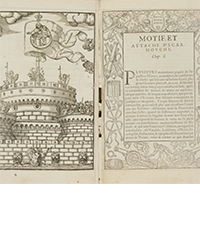
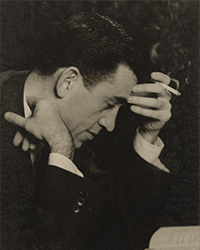
![<b>Sotheby’s, Dec. 16:</b> [Austen, Jane]. A handsome first edition of <i>Sense and Sensibility,</i> the author's first novel. $60,000 to $80,000. <b>Sotheby’s, Dec. 16:</b> [Austen, Jane]. A handsome first edition of <i>Sense and Sensibility,</i> the author's first novel. $60,000 to $80,000.](https://ae-files.s3.amazonaws.com/AdvertisementPhotos/9a74d9ff-42dd-46a1-8bb2-b636c4cec796.png)
